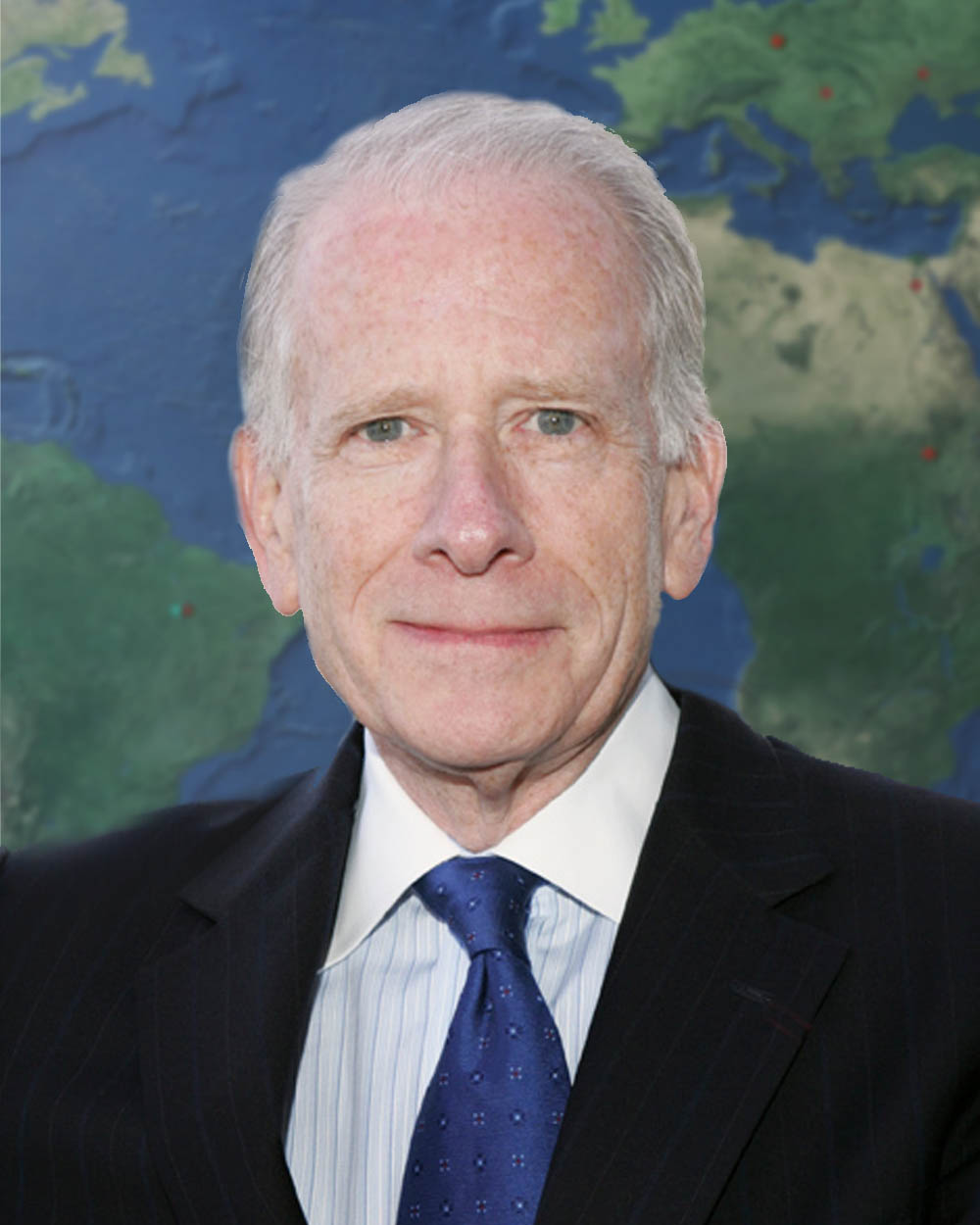By Dr. Allan E. Goodman
President and CEO, Institute of International Education
 Across the world, many societies are undergoing profound change due to the displacement of approximately 65 million people through political turmoil and conflict. This crisis has implications for higher education, since humanitarian aid efforts are for the most part focused on providing access to primary and secondary education. Higher education, by contrast, often falls by the wayside as a luxury.
Across the world, many societies are undergoing profound change due to the displacement of approximately 65 million people through political turmoil and conflict. This crisis has implications for higher education, since humanitarian aid efforts are for the most part focused on providing access to primary and secondary education. Higher education, by contrast, often falls by the wayside as a luxury.
Yet we cannot forget that when displaced and refugee students have no means to continue or initiate postsecondary education, the whole world is impacted. Stable societies are rooted on the talents and labors of individuals working together for the common good. When millions are displaced, that simply is not possible. Communities and nations are already suffering because of the many lives put on hold, and a “lost generation” of youth consigned to spend their days living in refugee camps.
Higher education provides a path to a new and better life for so many, and it is incumbent on us to ensure that the most vulnerable among us have access to the same opportunities. While IIE does not have the capacity to resolve a crisis of this magnitude on its own, we are prepared to assist in many different ways.
The IIE Syria Consortium for Higher Education in Crisis brings together colleges and universities providing scholarships for displaced Syrian students, and IIE’s Platform for Education in Emergencies Response (PEER) network, similarly, is a database of fellowships, grants and scholarships available to displaced students worldwide. More updates on the expansion of the PEER network will be forthcoming this month.
IIE is also in communication with government agencies across the world who are implementing policies to help integrate refugees into their education systems, and convenes meetings to share ideas and best practices across sectors and institutions. We held conversations in March at our IIE offices in Washington, D.C. and at the Penn Biden Center for Diplomacy & Global Engagement with policymakers from Europe and the United States on solutions to the lack of access to higher education that refugees from Syria and other countries face.
In some cases, refugees have migrated to countries where the higher education systems were not designed to serve so many. Yet other nations do have the capacity to help. The situation calls for a massive, organized response across borders and oceans. And it calls for countries and institutions that have the space to open their doors to some of the world’s most vulnerable people.
Over the past decade and more, many countries have devoted tremendous energy and effort into internationalizing their universities and attracting globally mobile students. Yet we confront the global refugee crisis, we find ourselves at a particularly turbulent time in world history. There is growing nationalism and sectarianism, much tighter visa and immigration restrictions in some traditional destination countries, a generational preference for digital and virtual experiences, safety and security concerns everywhere, and questions in general about the quality of international education experiences.
These trends have led some experts to argue that the recent period of international mobility may be drawing to a close. It may be that we are at the end of a pendulum swing towards internationalization, and may swing back towards closed borders and isolationism once more. Yet for many reasons, I believe instead that this great internationalization project will carry forward.
What is most striking to me about this catalogue of challenges is how familiar it would have been to the pioneers that created organizations like IIE. Founded in 1919, IIE was riding a wave of the short-lived Progressive Internationalist movement that crested shortly after IIE began. For the first ten years, IIE operated in a period of isolationism, followed by a decade of neutrality, and subsequently the America First movement, which resisted American involvement in World War II.
This early period in IIE’s history included a post-war quota on immigrants established in 1921. The organization, founded to promote international exchange, had to find a work around to persuade Congress to create a new category of non-immigrant visas which allowed foreign scholars and students to come to the United States. As IIE has grown and evolved over the years, there have always been crises to overcome, and IIE has always been ready to respond.
Throughout it all, we have always managed to cooperate and to expand opportunities for international education and exchange. We are dedicating to helping keep university doors, as well as minds, open. What we do today to help others, particularly those in danger across the world, is the best thing any of us can do to assure that the world across all its regions is a less dangerous place.